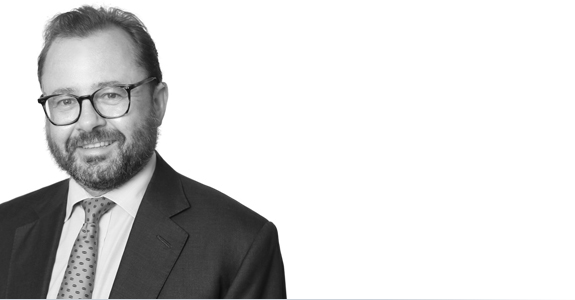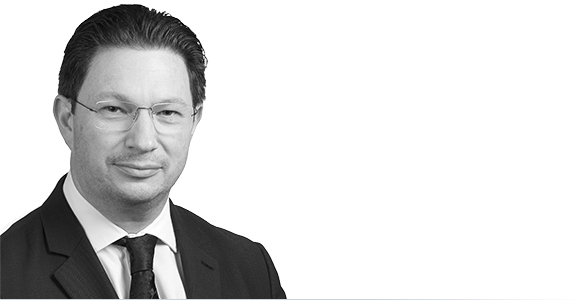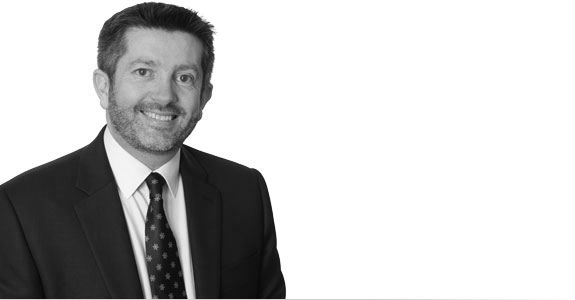Briefings
Autonomous vessels – are regulations keeping up with innovation? November 2017
Following on from our last briefing of July 20171, we take a look at recent developments as the marine sector continues to innovate. As developers move closer to testing the feasibility of Maritime Autonomous Surface Ships (MASS), we also look at steps being taken by some of the key players in the industry.
Industry Guidance
Industry Code of Practice
The UK Maritime Autonomous Systems Regulatory Working Group (MASRWG) launched its Voluntary Code of Practice2 at its third Annual Conference in November 2017 which was held at the National Oceanography Centre in Southampton. The aim of the Code, which has been reviewed by the UK Maritime and Coastguard Agency (MCA), is to “set initial standards and best practice for those who design, build, manufacture, own, operate and control MASS of less than 24 metres in length.”
Importantly, the Code also deals with the subject of remote manning and the training and qualifications required of those who operate MASS.
The Code’s intent is to demonstrate equivalence with existing legislation and to provide a goal-based framework for the MASS industry to develop. The Code sets out objectives and practical guidance and seeks to address the requirements of key international instruments, such as COLREGS, SOLAS and MARPOL. By way of example, the Code defines a “Master” as “a specific person officially designated by the owning company... as discharging the responsibilities of the Master of the vessel”.
This broad definition is hoped to provide a functional interpretation of IMO instruments and emphasises the need to co-exist within existing (or amended) legislative frameworks, as opposed to relying on a new legislative regime.
The Code also introduces original concepts, setting out new classes of MASS: ultralight (less than 7m); light (7-12m); small (12-24m); large (24m +); and high speed. This reflects the current use of small MASS units for scientific and offshore surveys, whilst providing scope for larger MASS in future. It is anticipated that the Code will act as a starting point in developing sound industry practice.
The Code will continue to be updated as and when required when guidance from the IMO Regulatory Scoping Exercise3 is published. In the meantime, MASS technology continues to develop rapidly and the MASRWG hopes that the Code will be adopted by Maritime Administrations to facilitate due regulatory compliance.
Other developments by Class, the IG P&I Clubs and UKSR
Classification societies are also making a significant contribution, in developing frameworks for assuring the physical and digital components of autonomous vessels. Lloyd’s Register has produced a Design Code for Unmanned Marine Systems4, setting goals and performance requirements to ensure the resilience of unmanned systems in the marine environment. This design code is expected to be reviewed and updated as the industry develops. Other classification societies are also taking an active role in facilitating development; the American Bureau of Shipping joined the Unmanned Cargo Ship Development Alliance (UCSDA; see below) in July, and DNV GL is to collaborate with Kongsberg Maritime in testing autonomous vessel prototypes.
In other news, the International Group of P&I Clubs (The IG) has formed a working group on MASS. The IG working group is expected to consider the extent that MASS presents new risks to the shipping industry, and whether those risks are poolable. The IG’s support for MASS will add substantial confidence to the industry.
Finally, we have learnt that The UK Ship Register (UKSR) has signed its first unmanned vessel to the flag, the “C-Worker 7” built by ASV. Operating under the direct control of an operator, semi-manned or completely unmanned modes, the vessel will be used for subsea positioning, surveying and environmental monitoring work.
Whilst the “C-Worker 7” is not on the same scale as the projects that are being developed by Yara and Rolls Royce, it is significant (see below), that the UKSR has permitted the first unmanned vessel to be registered and is a welcome development one which will no doubt assist with the adoption of MASS technology in the marine industry.
Recent developments worldwide
Rolls-Royce predicts a gradual implementation of autonomous systems, and hopes to develop vessels with reduced crew and remote support by 2020; remote controlled unmanned coastal vessels by 2025; remote controlled unmanned deep sea vessels by 2030; and fully autonomous deep-sea vessels by 2035. A collaboration with Google has been announced in order to develop an intelligent object classification system that will assist with navigation, enabling vessels to detect objects that would not otherwise register on AIS or radar. This should facilitate the long-term development of fully autonomous vessels as well as benefitting manned vessels in the short term by providing an additional layer of detection. Rolls-Royce and the towage operator Svitzer, recently demonstrated a remotely operated tug in Copenhagen in June 2017.
Substantial coverage has been given to Yara and Kongsberg’s development of a fully autonomous 105 TEU container vessel, intended to operate between the ports of Brevik and Larvik. Launch of the vessel is expected in early 2019, initially manned with a crew. This is a milestone in demonstrating the feasibility of MASS for commercial use, particularly in coastal waters.
Although many technical achievements in MASS have been tested in Scandinavia, there are promising developments in other regions. The Australian government has considered offering exemptions from regulatory requirements to MASS developers, and Japan’s NYK line hope to pilot a remote controlled boxship across the Pacific Ocean in 2019. Chinese involvement is also set to grow. The China Classification Society and HNA Technology Logistics Group launched the UCSDA in June this year, hoping to launch an unmanned cargo vessel by October 2021.
While technology often precedes the development of regulations it is certainly clear that the marine sector is working very hard to keep up. We will continue to monitor all developments and report on these in our next briefing.
Research conducted by Dan Rainer, Trainee Solicitor.
For further information, please contact the authors of this briefing:
Paul Dean
Partner, London
T +44 (0)20 7264 8363
E paul.dean@hfw.com
Tom Walters
Partner, London
T +44 (0)20 7264 8285
E tom.walters@hfw.com
Jonathan Goulding
Associate and Mariner, London
T +44 (0)20 7264 8573
E jonathan.goulding@hfw.com
Footnotes
- http://www.hfw.com/Maritime-Autonomous-Surface-ships-the-rise-of-the-machine-July-2017
- https://content.yudu.com/web/fiqy/0A426ef/codeofpractice17/html/index.html?refUrl=http%253A%252F%252Fwww.ukmarinealliance.co.uk%252Fcontent%252Fmasrwg-code-practice
- This is projected to take four years, and a regulatory framework is unlikely to be in place before 2028
- https://goo.gl/vhR5Hw






